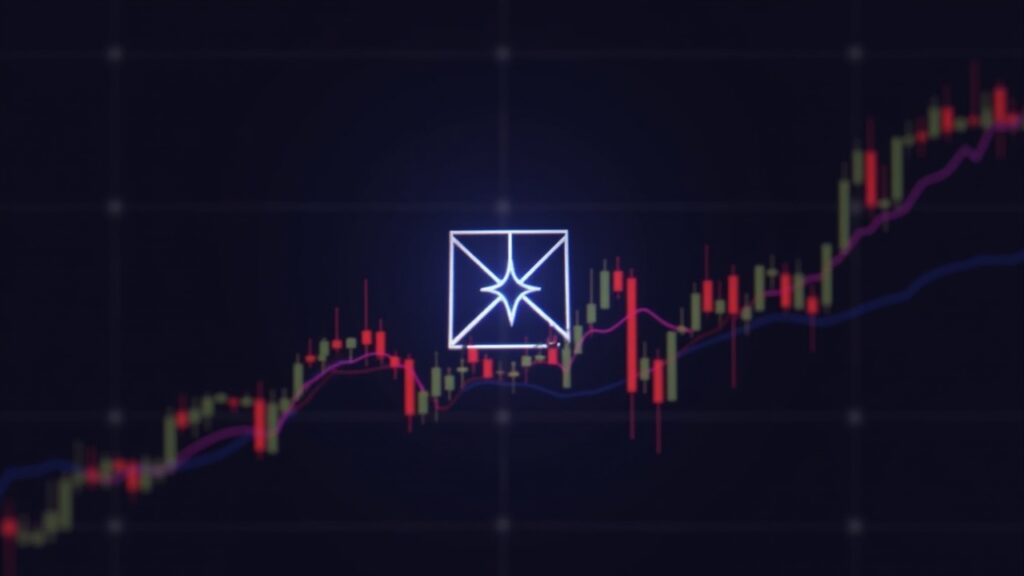Stellar (XLM) has fallen below the psychological $0.25 support level, now trading between $0.24-$0.25 amid a broader altcoin market correction. This decline comes despite significant operational advances on the Stellar network, highlighting the disconnect between technological progress and market valuation.
The breach of the $0.25 threshold, while psychologically important for retail investors, doesn’t fully reflect the market structure observed by major traders. Support and resistance represent price levels where supply and demand concentrate – support acting as a floor where declines typically slow, and resistance functioning as a ceiling where selling pressure often intensifies.
For XLM, the more significant pressure originates from higher technical zones: $0.375, $0.395, and $0.40 have been identified as areas of substantial institutional activity. Recent data shows XLM fell 1.6% below $0.25, accumulating a 6.95% pullback over the analyzed period.
A clear example of institutional influence occurred on September 15, 2025, when the token experienced a 3% drop from $0.39 to $0.38, while daily trading volume nearly tripled to 101.32 million – a typical pattern indicating liquidations and repositioning by large players. This event established the $0.375-$0.395 range as the critical zone that will determine short-term direction.
Stellar network developments vs. market reaction
The price decline contrasts sharply with Stellar’s technological advancements. The Stellar blockchain is open-source and maintained by a nonprofit organization focused on rapid payments and asset tokenization. Its technical performance exceeds 3,000 transactions per second with virtually zero fees.
Despite these positive fundamentals, the market has demonstrated the classic “buy the rumor, sell the news” behavior, where technological improvements don’t immediately translate to price appreciation. The broader altcoin correction amplifies selling pressure on tokens with institutional exposure, creating cascading effects as larger-cap assets readjust.
For traders seeking reversal signals, monitoring trading volumes and the defense of the $0.375-$0.395 zone will be crucial. Retail investors who previously used $0.25 as a reference point should consider the greater influence that institutional movements have on available liquidity.
The breach of XLM’s $0.25 support reflects institutional repositioning more than a failure of its technological fundamentals.

